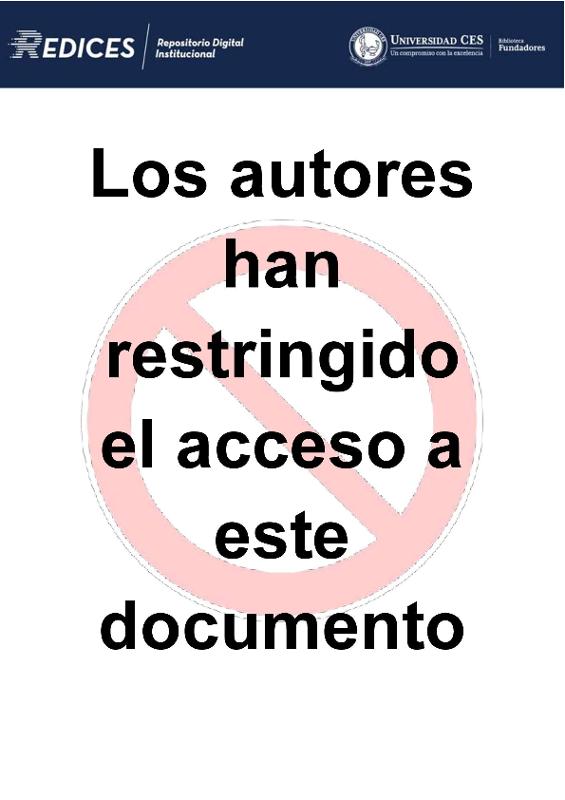Mostrar el registro sencillo del ítem
Association between DC/TMD and condilography as diagnostic tools for temporomandibular disorders
| dc.contributor.author | Londoño Mejía, Luisa Alejandra | |
| dc.contributor.author | Castellanos Giraldo, Laura María | |
| dc.contributor.author | Ríos Castaño, Daniela | |
| dc.contributor.author | Montoya Álvarez, Mariana | |
| dc.contributor.author | Rojas Gualdrón, Diego Fernando | |
| dc.contributor.author | Camargo Cruz, Liliana | |
| dc.date.accessioned | 2024-02-06T16:11:28Z | |
| dc.date.available | 2024-02-06T16:11:28Z | |
| dc.date.issued | 2024-02-05 | |
| dc.identifier.uri | https://hdl.handle.net/10946/8256 | |
| dc.description.abstract | This cross-sectional observational analytical study assessed the association between the Diagnostic Criteria for Temporomandibular Disorders (DC/TMD) and condilography parameters, including the length of movements during opening/closing, the presence of hypermobility with or without over-rotation, traces characteristics during protrusion/retrusion, and sagittal condylar inclination (SCI). Forty-four patients were included, totaling 88 temporomandibular joints (TMJs). Disc displacement with reduction was five times more likely to have a crossed trace. In temporomandibular disorders (TMD), the length of traces during opening/closing was more likely to be short. The SCI in degenerative joint diseases exhibited 5,2 times more likelihood of being increased. While not statistically significant, these results hold clinical importance, suggesting that TMJs with structural TMD manifest altered characteristics during condilography. | es_ES |
| dc.language.iso | en | es_ES |
| dc.publisher | Universidad Ces | es_ES |
| dc.subject | Temporomandibular disorders | es_ES |
| dc.subject | DC/TMD | es_ES |
| dc.subject | Condilography | es_ES |
| dc.subject | Association | es_ES |
| dc.title | Association between DC/TMD and condilography as diagnostic tools for temporomandibular disorders | es_ES |
| dc.type | Articulo de revista | es_ES |
| dc.rights.accessrights | info:eu-repo/semantics/closedAccess | es_ES |
| datacite.rights | http://purl.org/coar/access_right/c_14cb | es_ES |



